Richard Barnes’s work captures the hidden environment of once wild animals forever preserved in great museum halls. While the public can travel to their native land to see primates run free, those living in our urban jungles can view hyper-realistic still life environments behind security glass barriers. Barnes visits these restricted enclosures, recording photographic proof of a process that attempts to recreate life. Featured internationally, Richard Barnes continues his work in New York City.
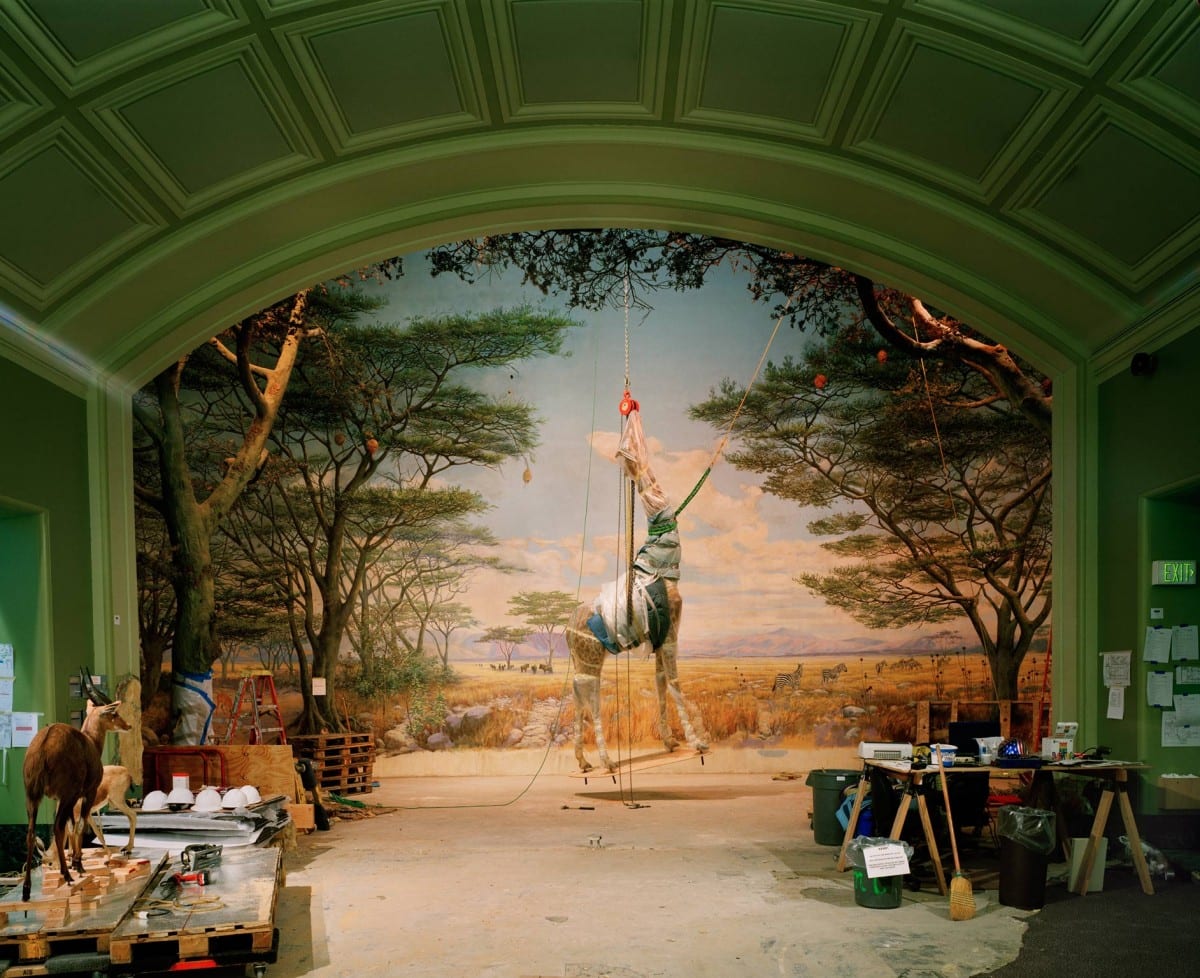
Why did you decide to pursue your artistic practice on the East Coast?
I lived for many years in CA, went to university there and will probably move back someday. In fact I divide my time between San Francisco and New York but call NY home at the moment. Perhaps it’s a cliché, but there is a certain freedom on the West Coast that allows for an artist to develop in a more organic way, to try ideas out and retain or discard them while remaining apart from the pressures of the more traditional artistic trajectory one might embark on, on the East Coast. Of course it’s different for everyone, but in my first move to New York, just out of school in the early 1980s, I wasn’t ready for the intensity and the difficulty of trying to establish myself here. It took a move back to California and then a period of many years to create a cohesive body of work before I moved back. A lot of it had to do just with age and experience, before I felt I was ready to reengage with the art world in New York.
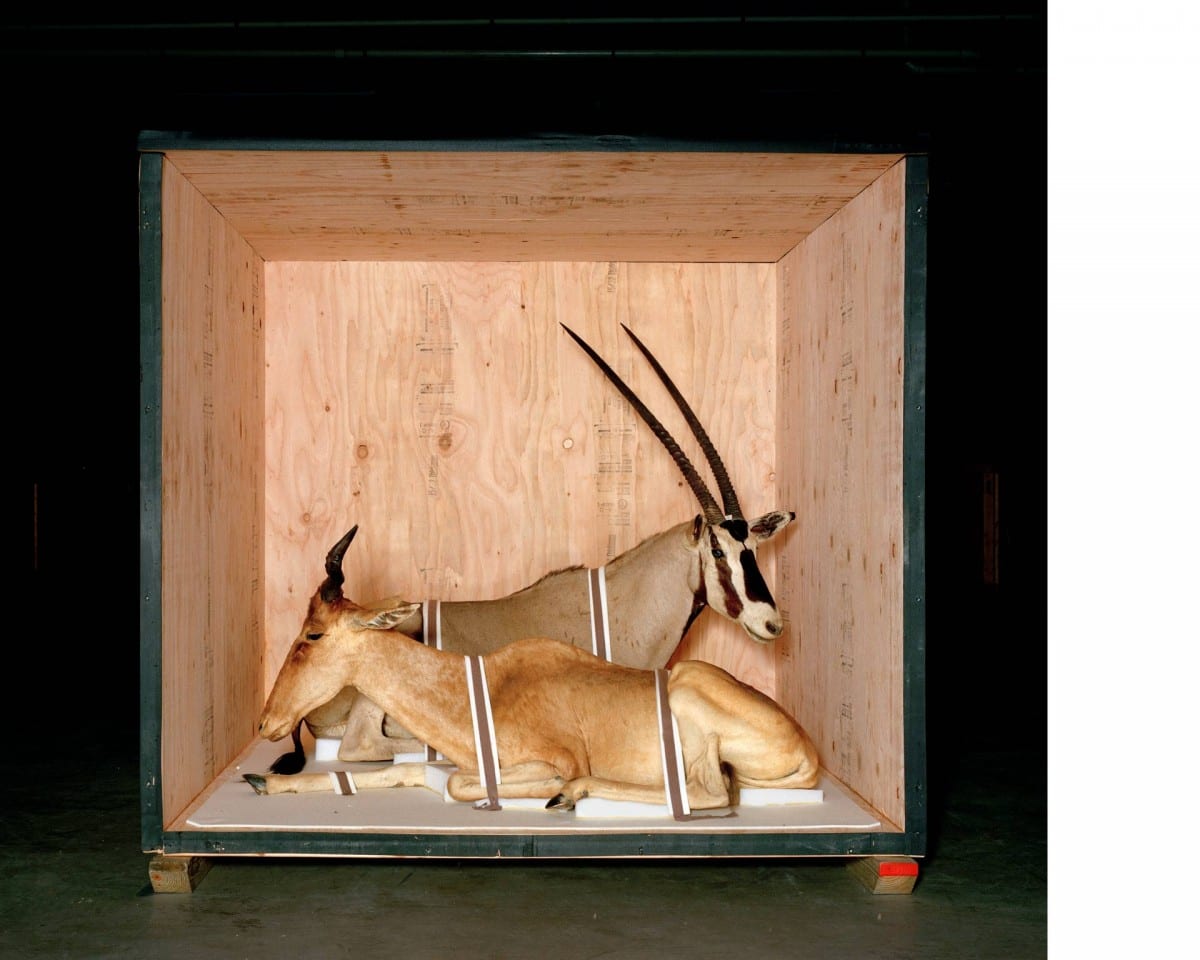
Why not Los Angeles?
There is a perception, one I don’t ascribe to, that there is a provincial quality to the art being created in California. It’s different there for sure, but I think some of the more interestingartists now working and the galleries where the work is being exhibited, are coming out of Los Angeles. I also believe there is a whole industry of art promotion (magazines, blogs, art granting organizations, residencies, etc.), that proliferate on the East Coast and therefore create a New York bias in terms of coverage and promotion of art and artists who live and work in the area. As stated above I started out in CA but felt there was more opportunity here in New York for my work to be seen and more of a community I could relate to in terms of the ideas I was concerned with in my work.
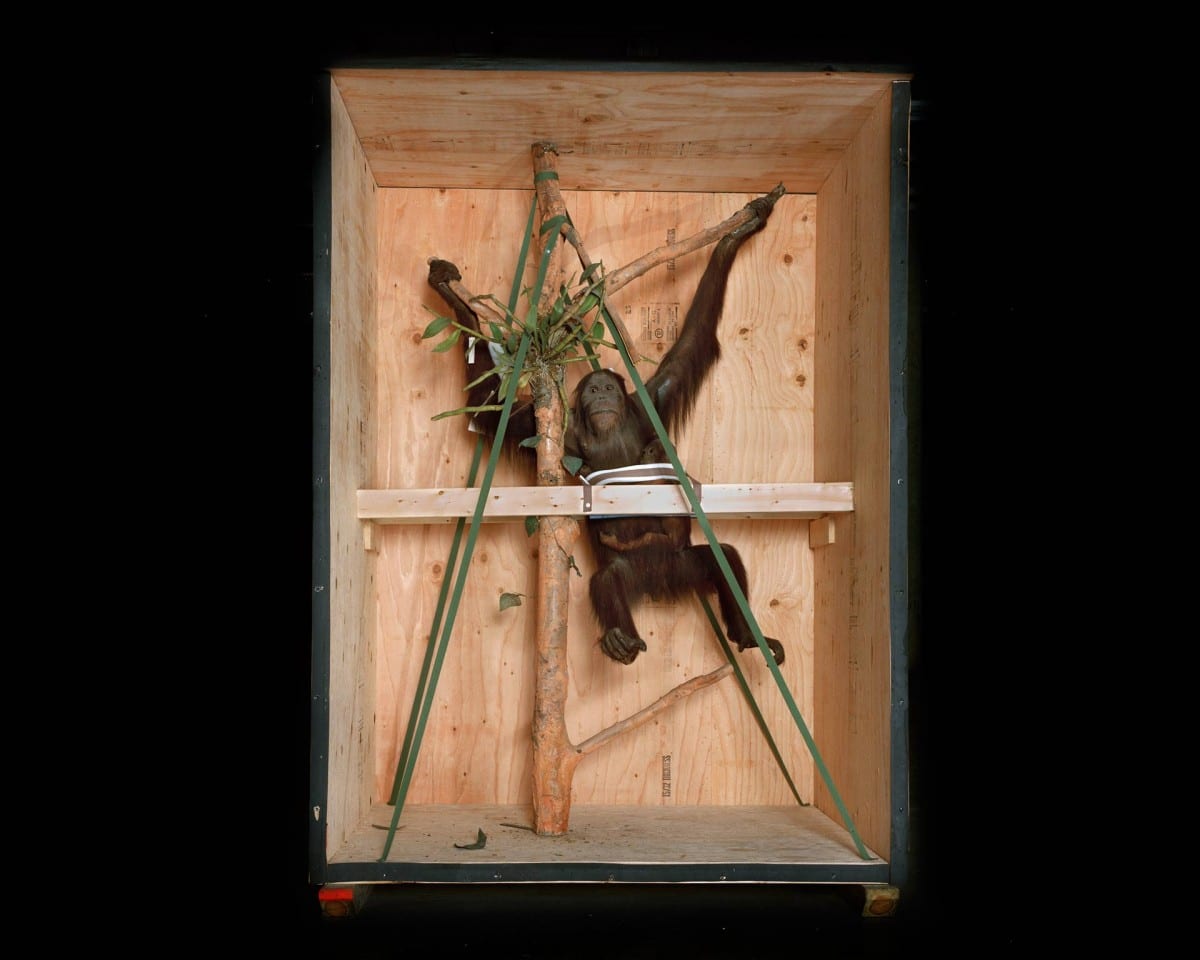
What do you find distracting about your urban environment?
Well, where does one begin? It goes without saying that New York is exhausting. Exhilarating, but exhausting, although I have to say I’d take the New York and it’s punishing noise and chaos over the car culture that dominates Los Angeles any day. After a week in the city I retreat to Beacon, NY, 60 miles north on the Hudson river for R and R. Recently I had to move my studio out of Chelsea as my building was being torn down to make room for a new luxury tower being built in it’s place on the west side highway. I know from friends in Los Angeles that studio space is relatively cheap and easily obtained there, but trying to find adequate studio space at a reasonable rate in New York is nearly impossible. Having to look for new studio has been a huge distraction.
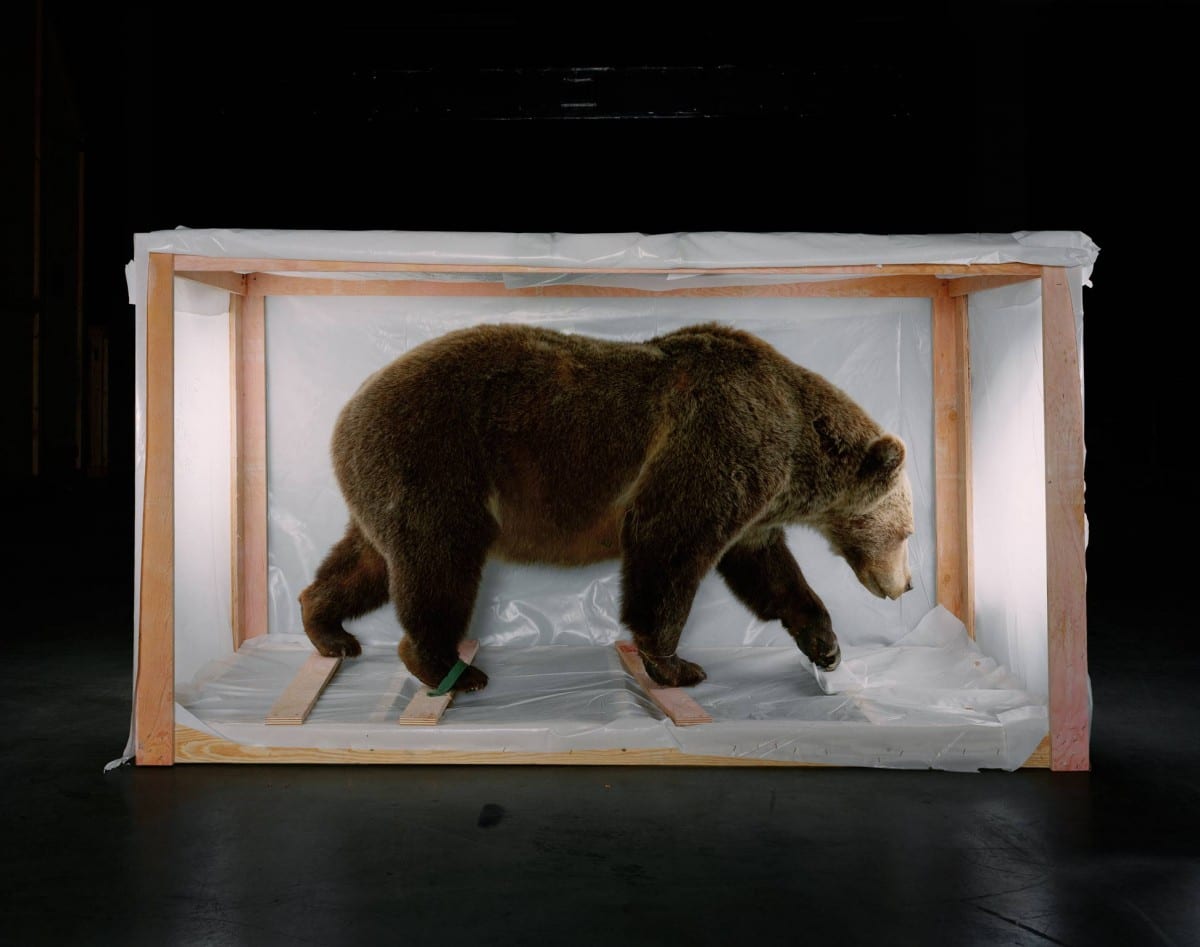
What do you feel is unique to your city?
The energy level of New York is palpable. One has got to know how to manage it or it can swallow you up and debilitate you. It’s often noted that New York has become a city for the young or the very rich. Young creative types thrive on the energy and put up with the hassle of living two or more to a room in tiny apartments amid the cacophony and the chaos, while the rich have the money to insulate themselves from the very same phenomena. To a certain extent this is true of all big cities, but it seems to me that it is much more evident in New York.

What do you find most appealing about Los Angeles?
It’s hard to quantify “attractiveness” when it comes to describing a region or a place. The elusive term “quality of life” would suffice to describe in a loose way what is different between let’s say Los Angeles or San Francisco and New York. It’s just easier to live out there and that’s attractive. That’s not to say it’s more interesting which at this point in my life I value more than ease of living. I was in Los Angeles recently, enjoying sunny skies and temperatures in the 80s, as hurricane Sandy slammed into New York and New Jersey. I am aware having lived through several earthquakes that conditions can change in an instant, but day to day, California is qualitatively a much nicer place to be.
What artists have influenced your practice the most?
There are many and it’s hard to name just one. Marcel Duchamp, James Turrell, the paintings of Georgio Morandi, Lewis Baltz and Candida Hofer to name a few.
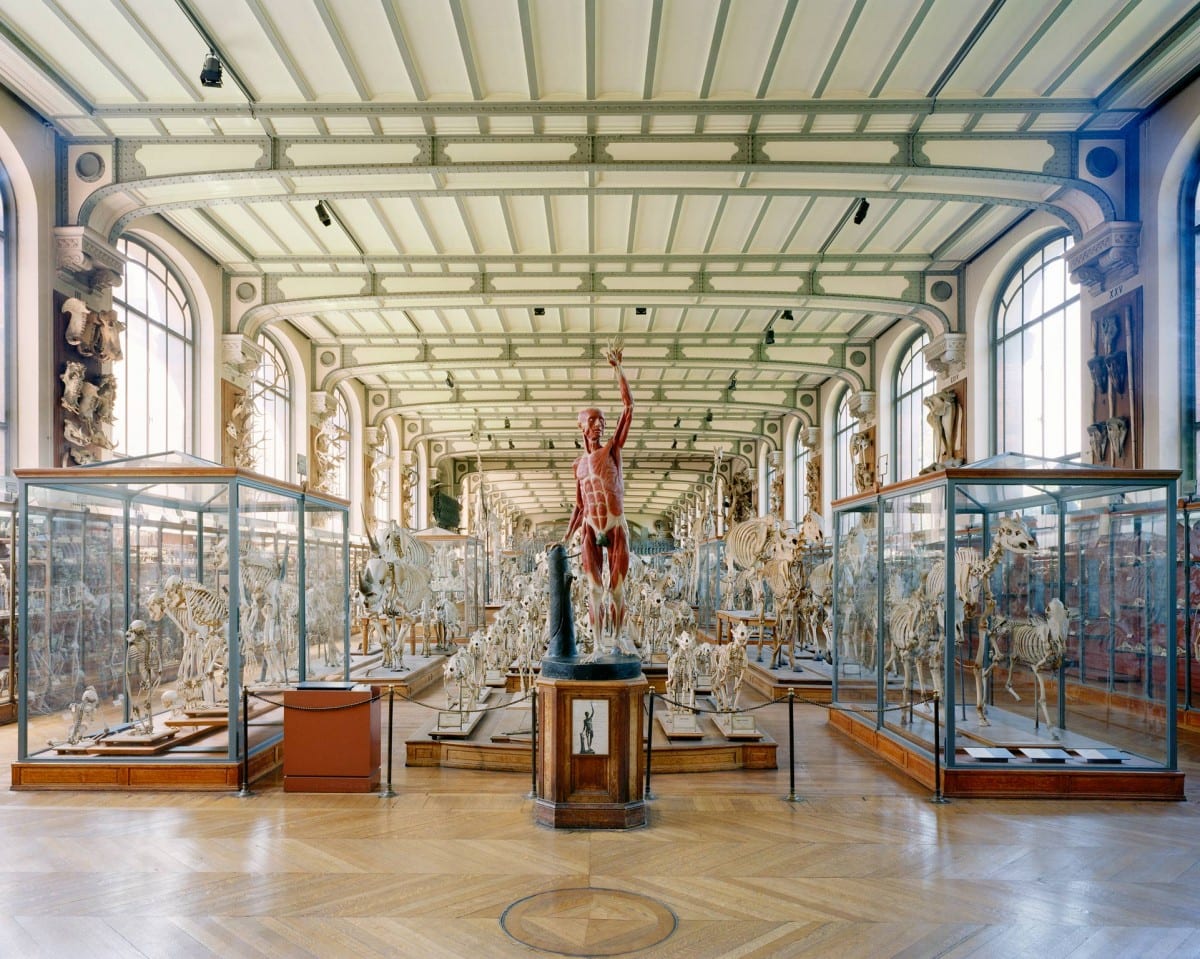
Images courtesy of the artist
THE 20+20 PHOTOGRAPHY ISSUE
Richard Barnes is featured within Installation Magazine’s special 20+20 Photography Issue, which highlighted 20 Los Angeles and 20 New York City photographers. Download the full issue on your iPad and iPhone.
